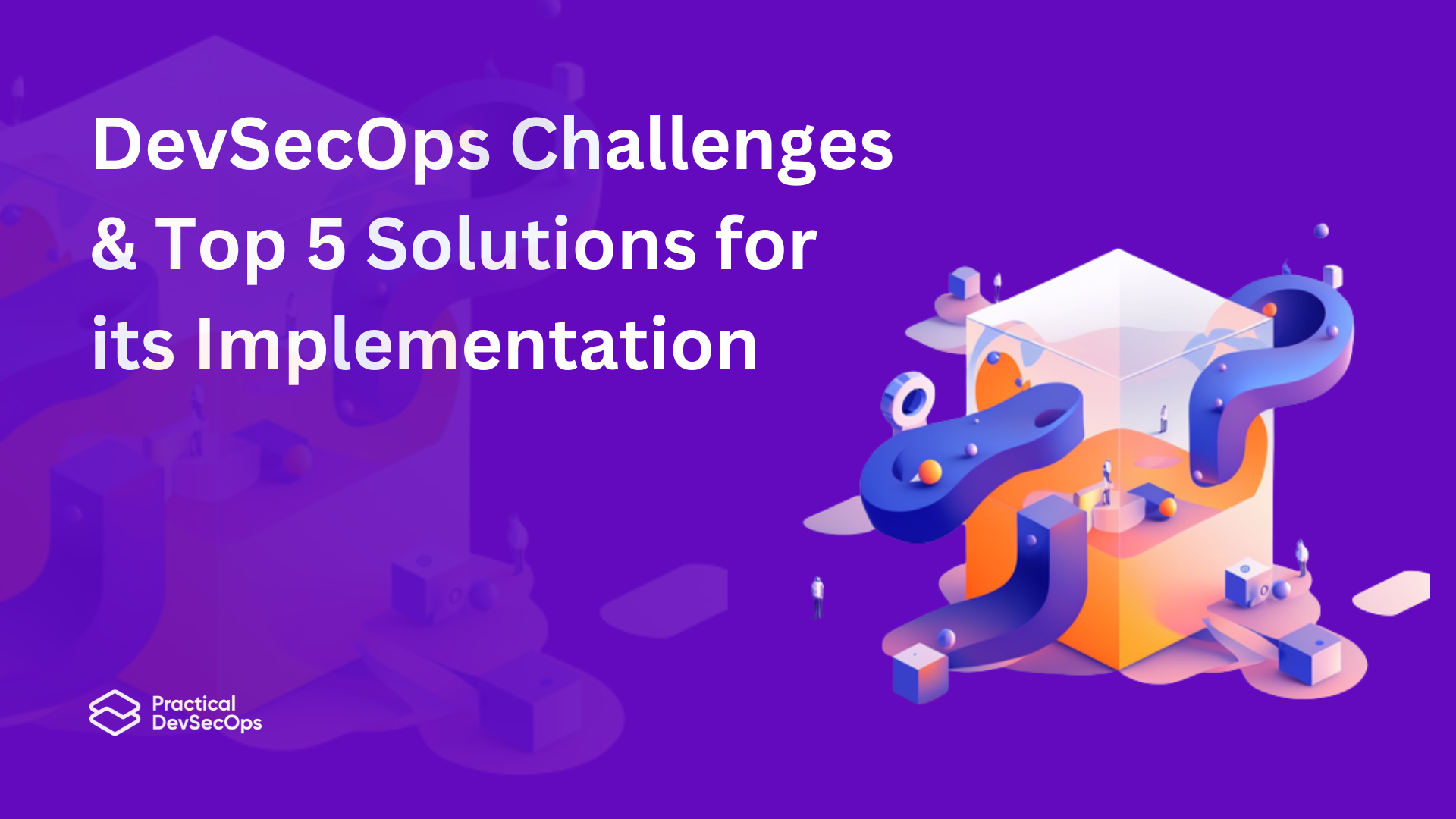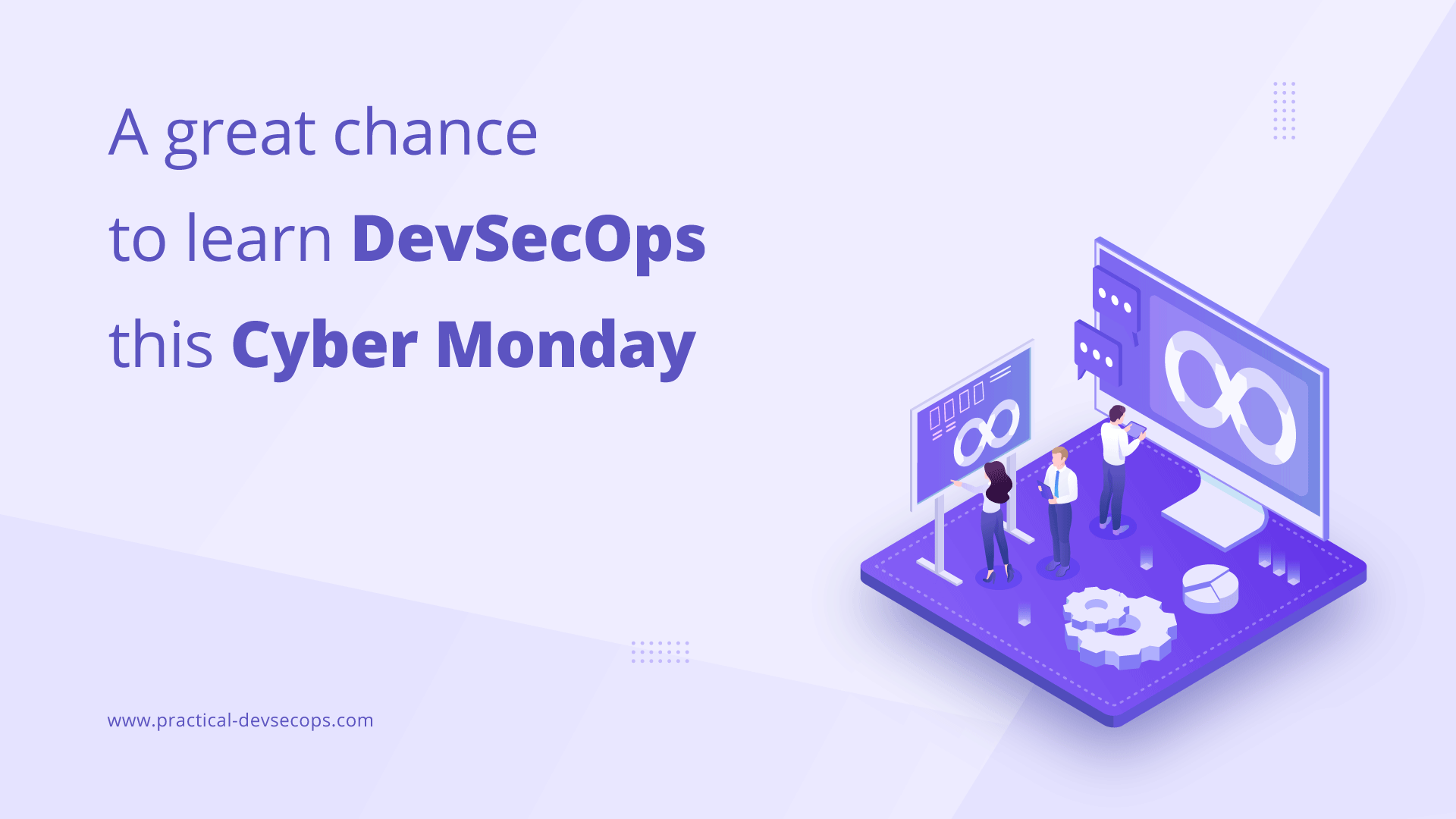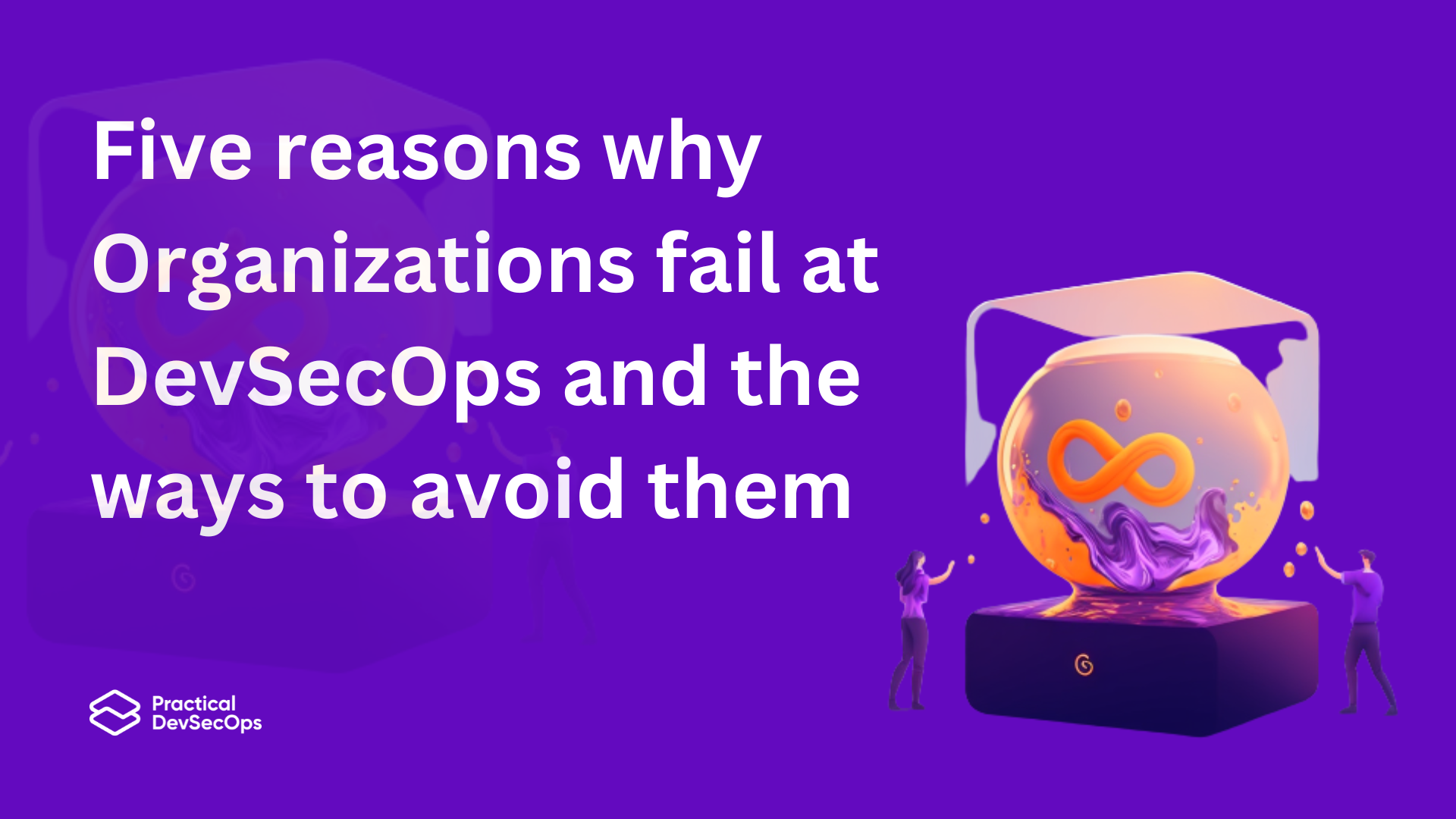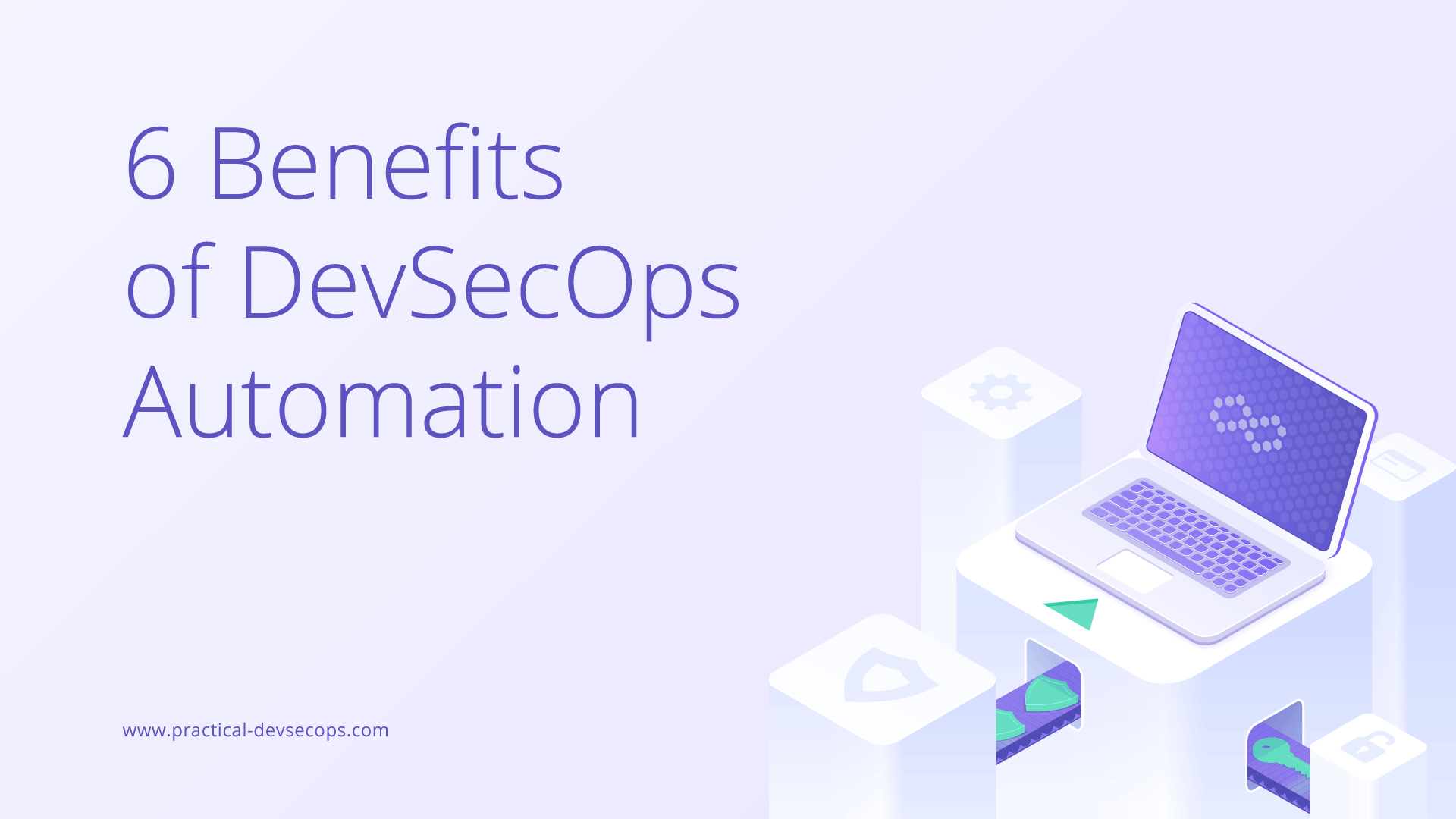Your organization has probably overcome the simplest problem in its digital transformation – the decision to adopt security to its DevOps approach to doing traditional business. The “shift left” approach of incorporating security at every stage of the software development lifecycle is a new mindset and a shift from traditional practices of applying security at the very end of the SDLC. But it is not easy to shift from DevOps without seeking out wise solutions for DevSecOps challenges. The decision to adopt security at every stage though is easier said than done in many cases. This blog comprehensively aims to list DevSecOps Challenges & Top 5 Solutions for its Implementation (2025)
According to a report from CSA (Cloud security alliance) published in December of 2021, only 30% of businesses have transitioned to a complete DevSecOps practice. Most are the in the planning stage (24%), designing stage (18%), and refining stage (18%) of a DevSecOps transition. The report claims that only 30% of the organizations have fully transitioned to a DevSecOps practice. Therefore, let us see the DevSecOps challenges that others have in their business strategy. These challenges are broadly classified as people, infrastructure, tool, and practice challenges.
Not willing to change and adapt
The first challenge is always the ‘people challenge’ that is associated with all transitions. Most organizations and team members are comfortable with the old way of doing things. And convincing them to adopt the new DevSecOps way of doing things will take time. Therefore, the development team and the operations team must work hand in hand with the security team. This will help with the betterment of the whole project.
Also, hear from experts: To DevSecOps or not to DevSecOps: is that a question?
It is not easy for everyone to come on board with the new approach instantly. Seminars with a new approach and training with new tools and processes will greatly ease the transition.
The second challenge is the ‘practice challenge’
Traditional DevOps practices focus on speed to bring the projects to production faster. By “shifting left” and incorporating more security tests at all stages of the SDLC, this speed in the DevOps environment is inevitably slowed down. This might create friction between the DevOps team and the security team.
Therefore, teams must have the patience to make wise decisions to balance speed and security.
Tool integration and documentation challenge
The third challenge is the ‘tool challenge’. While working with existing toolsets in the DevOps practice is difficult. Moreover, integrating security tools into the existing business practice is more complicated than one can imagine. Besides, the Lack of good documentation is another challenge that the team faces.
You can overcome this challenge by creating better documentation. This will help the teams to refer back and integrate the tools in a more efficient way into the business environment.
Also Read, Best DevSecOps Tools
Multi-cloud environment challenges
The fourth challenge is the ‘infrastructure challenge’. Moving resources to the cloud is a very popular and current trend in the software industry. The move to the cloud happens for a variety of reasons. However, securing resources in a multi-cloud environment is a very challenging process.
Data that is constantly transient in the cloud and which has to be secured is a highly complicated task. This is yet another challenge when transitioning to a DevSecOps environment.
By focusing on data security along with SDLC and adopting hybrid lifecycles you can overcome this challenge.
Cannot fully automate
The fifth challenge that we discuss is again related to the ‘practice challenge’. DevOps practices are mostly automated to get faster releases. However, when security steps into the picture, the practices lose speed since most of the security practices need human input.
One way to solve this challenge is to make use of DevSecOps tools along the SDLC which will not slow down the process entirely. These are some challenges that organizations face when trying to transition to a DevSecOps environment. While there are a huge number of challenges when transitioning, these are just a few of the challenges and the ways to overcome them!
Also read, Best DevSecOps Books
Here are some solutions to address the mentioned DevSecOps challenges:
-
- Foster collaboration and communication between development, operations, and security teams. Encourage a shared understanding of the benefits of DevSecOps.
- Conduct seminars, training sessions, and workshops to educate team members about the importance of adopting DevSecOps practices.
- Prioritize and balance both speed and security to mitigate friction between the DevOps and security teams.
- Implement “shift-left” testing and incorporate security tests at every stage of the software development lifecycle (SDLC) to identify issues early on and ensure security is an integral part of the development process.
- Improve documentation to facilitate the integration of security tools into existing DevOps practices.
- Explore and adopt DevSecOps-specific tools that seamlessly integrate security into the development pipeline, making it easier to manage security aspects.
- Focus on data security alongside the SDLC and adopt hybrid lifecycles, ensuring that security measures are in place when moving resources to the cloud.
- Implement encryption, access controls, and robust monitoring to secure transient data in a multi-cloud environment.
- Leverage DevSecOps tools that automate security processes while still allowing for necessary human input. This helps maintain speed without compromising security.
- Implement security automation practices such as automated vulnerability scanning, code analysis, and continuous monitoring.
Here is a brief overview for DevSecOps Career Path
Summary
Through this blog we have highlights the challenges of transitioning to DevSecOps, including people, practice, tool, infrastructure, and automation challenges. It provides solutions such as fostering collaboration, balancing speed and security, improving documentation, focusing on data security, and leveraging DevSecOps-specific tools, to overcome these challenges and successfully implement DevSecOps practices.
References:
https://arxiv.org/pdf/2103.08266.pdf
Interested in Upskilling in DevSecOps?
Practical DevSecOps offers an excellent Certified DevSecOps Professional (CDP) course with hands-on training through browser-based labs, 24/7 instructor support, and the best learning resources to upskill in DevSecOps skills.
Start your team’s journey mastering DevSecOps today with Practical DevSecOps!
Also Read, DevSecOps Best Practices







0 Comments